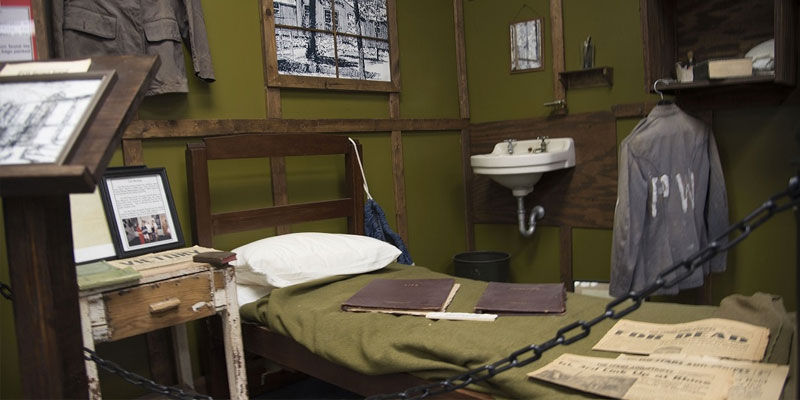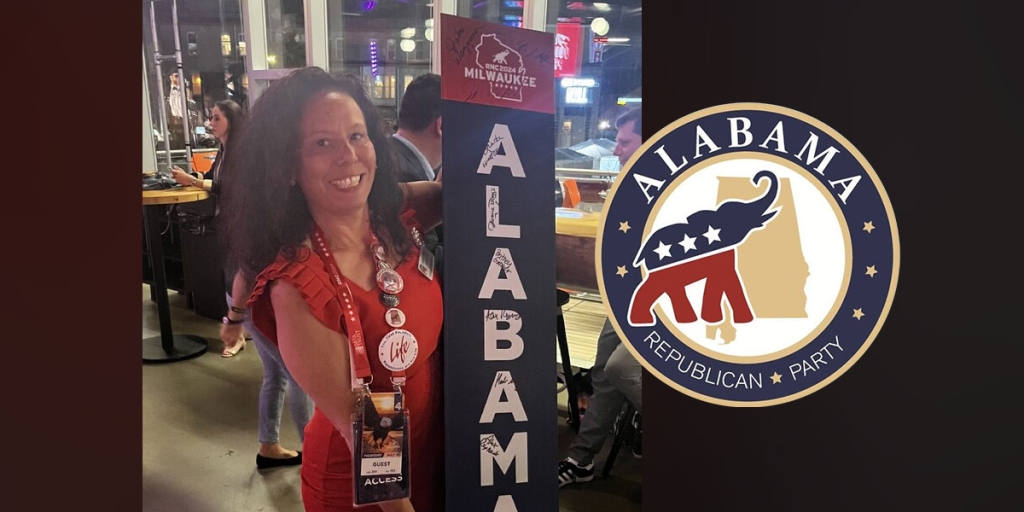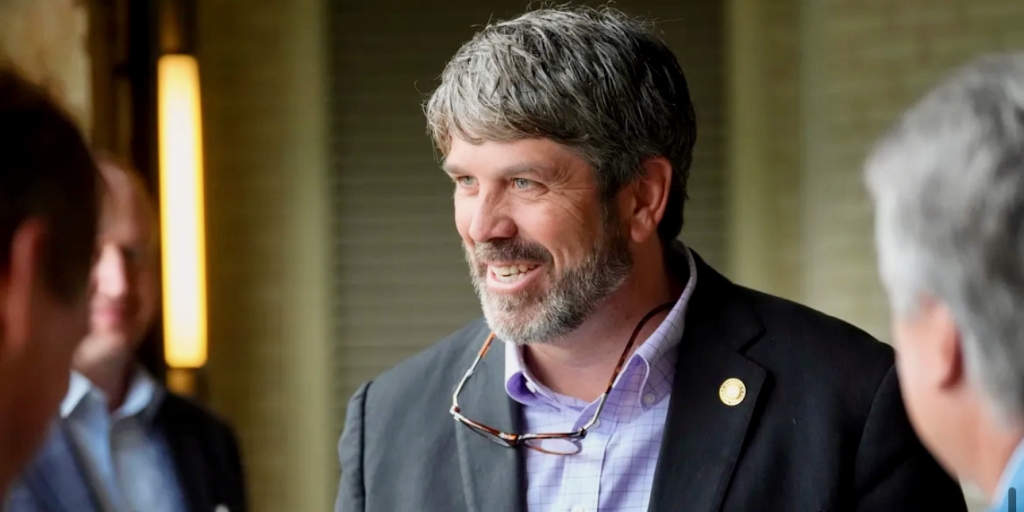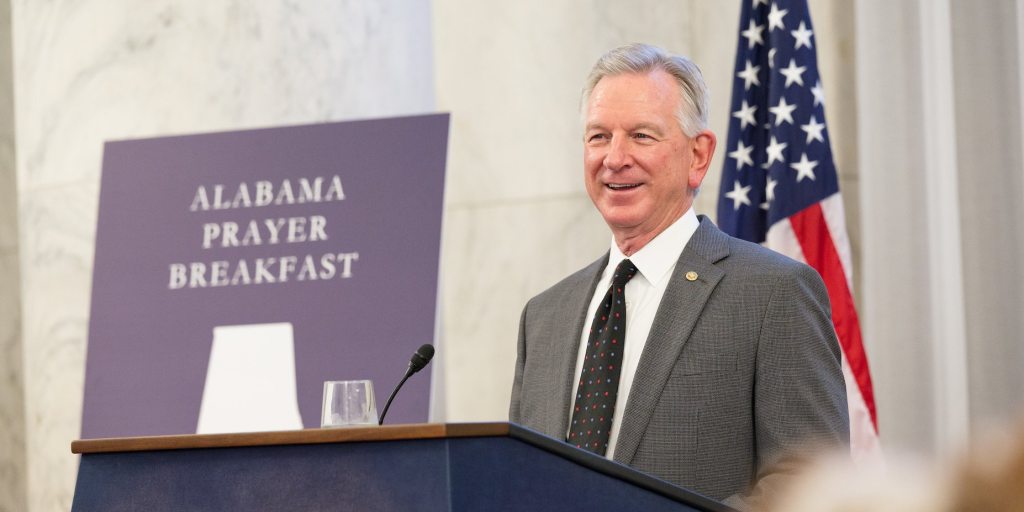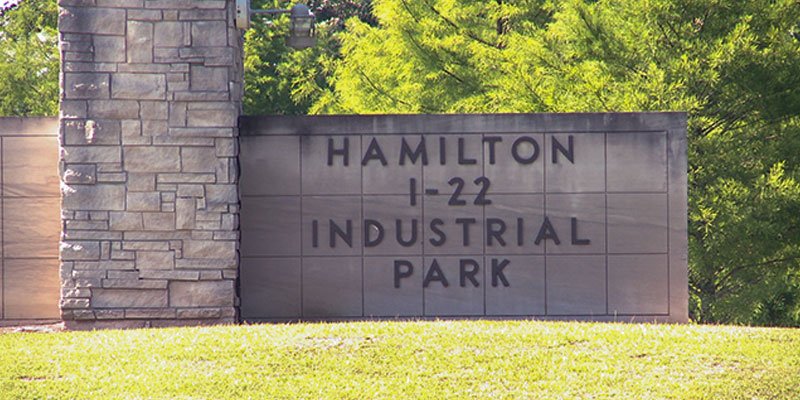During World War II, the battles raging overseas must have seemed a world away for most Americans. But the conflict was closer to home than they realized, with thousands of German prisoners of war housed at an internment camp in a small rural community in west central Alabama.
In Aliceville, 36 miles west of Tuscaloosa, the more than 830-acre camp held up to 6,000 POWs and was one of the largest of its kind in the United States. Although the camp opened in 1942, it was not until the following summer that the first trainload of POWs arrived in town.
Camp Aliceville, which remained in operation until 1945, was almost a home away from home for the POWs, said John Gillum, executive director of the Aliceville Museum. Along with barracks for the prisoners, there was a hospital, mess halls, several small theaters and a recreation area. The prisoners had their own orchestra and brass band, produced plays, grew flowers and vegetables, and held gardening competitions.
“The United States government had resolved to maintain a high level of treatment for prisoners in hopes that the countries holding our men would do the same for them,” Gillum said. “When German visitors come to our museum, they tell us to a person that their father or grandfather who stayed at the camp said it was the best time of his life.”
Gillum said a former POW told him that his positive introduction to America persuaded him to make the U.S. his permanent home. Although authorities had asked Aliceville citizens to stay home, most everyone in town turned out at the train depot to greet the newcomers.
“He told me the Germans thought they were being taken to the United States to be killed,” Gillum said. “When they got off the train in Aliceville, there was a mob scene, but nothing actually happened. That’s when he thought, ‘If this is how Americans treat their enemies, I’m going to come back here.’”
Aliceville Museum showcases Alabama city’s history, from pop to patriots to POWs from Alabama NewsCenter on Vimeo.
The little that remains of the camp is now part of the Aliceville Industrial Park. A historic marker is near what was once the camp’s main entrance. Otherwise, there is a lone chimney that was part of the noncommissioned officers club as well as the now partially collapsed maintenance building.
Although there’s not much to see at the camp, visitors can travel about one mile to the Aliceville Museum, where the German POW Camp collection is one of four featured exhibits. The hundreds of artifacts on display include POW letters, books, furniture and musical instruments, as well as their paintings, sculptures, ceramics, woodworking, metal crafts and newsletters.
Another popular exhibit is the Coca-Cola collection. It’s no wonder. The museum is housed in the old Aliceville Coca-Cola bottling plant, which operated from 1948 until 1978.
The only remaining intact small-town bottling company in the nation, the building still contains all the original equipment just as it was installed when the facility opened. Coca-Cola memorabilia, photos and documents are on display.
“The room is set up so you could walk in there and get a real good idea of how the plant was run in the 1940s,” Gillum said.
The museum features two other exhibits – the American Heroes and the City of Aliceville collections. The American Heroes room is filled with memorabilia and artifacts dating from World War I to the present and honors Alabama patriots from every branch of the military.
The City of Aliceville exhibit traces the history of the community from its founding in 1902. It includes a general store with 1930s vintage clothing, merchandise and documents from an Aliceville mercantile and hundreds of photos taken by one of Alabama’s first female professional photographers, Willie Gardner.
The Alabama Power Foundation is a longtime supporter of the museum and has provided funding to help with various improvements and upgrades, such as replacing an old air-conditioning system and installing window blinds.
“We are very pleased and thankful to have Alabama Power as one of our corporate sponsors,” Gillum said. “Their donations have been valuable in allowing us to maintain the exhibits and the building.”
Alabama Power Reform Office Manager Andrea Ellis said the company and the foundation are proud to have a hand in helping the museum share the story of Aliceville.
“The museum plays an integral part in preserving the city’s history and provides visitors a unique perspective through its various exhibits,” Ellis said. “The financial support the foundation provides allows the museum to bring in new exhibits and expand its existing exhibits with new artifacts and photographs that help further enrich the stories being told there. We are pleased that we can play a small part in helping to make that happen.”
The museum began in one room of the local public library. Today, it is housed in its own large facility in downtown Aliceville, with three buildings, a courtyard and a plaza.
Between 2,000 and 3,000 people from all over the world tour the museum every year, Gillum said. In just the past six months, visitors have included people from one-third of Alabama’s counties, 25 states, Puerto Rico, Germany, Canada, the Philippines and Israel. Many of them are family members of former German POWs or others connected with the camp.
“We get a lot of people here who are curious about what went on at the camp,” Gillum said. “We show them that we took care of our prisoners 75 years ago and, as a result, they leave with a good impression of our country. The neat thing is we’re a positive story with positive outcomes.”
For a closer look at the museum, check out http://www.alicevillemuseum.org/.
(Courtesy of Alabama NewsCenter)




